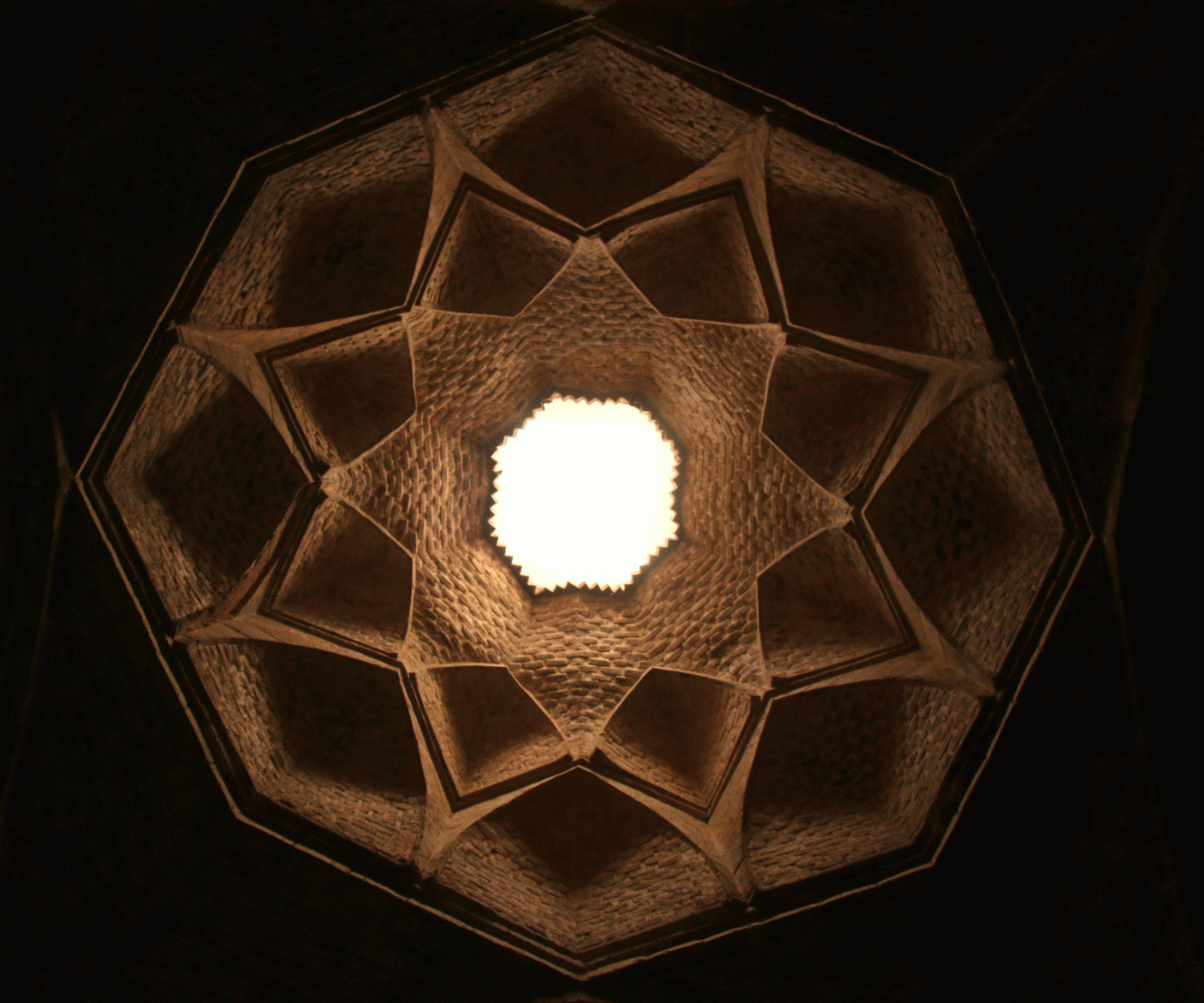Evening lecture
Hadi Safaeipour: Muqarnas Rediscovered: Domes' Making in Tenth- Through Fourteenth-Century Iran

Muqarnas have attracted much attention from scholars over the years. This distinctly Islamic element has various manifestations in the interiors as well as the exteriors of buildings. Some monuments introduce muqarnas as the squinches, vaults, domes, mihrab hoods, cornices and capitals within the interior spaces, while others present it as the minaret balconies, as well as tomb tower cornices on the exterior. More importantly, these projecting elements play different roles varying from loadbearing members to fully decorative ornaments: the element's changeable character has complicated our understanding and interpretation of the historic life of muqarnas. Accordingly, this talk focuses on the structural essence of the muqarnas cases in Tenth- through Fourteenth-Century Iran, and suggests a more comprehensive and genuine understanding of this element as a vaulted and domed structure. Data about these cases has been collected by surveying the corpus of selected examples, by in-depth interviews with contemporary master masons, and by studying the limited secondary sources. By analyzing the three-dimensional modeling of these case studies, a new picture about the structural features of the muqarnas and its function for spanning the space will be presented.
Hadi Safaeipour is assistant professor in the Center for Architectural Studies and Documentation at Shahid Beheshti University (former National University). His primary teaching and research interests encompass the study of the design and construction of historic load-bearing structures, especially vaults and domes, on the Iranian Plateau including their documentation and analysis, as well as their morphology and meaning. This line of inquiry led him to a more comprehensive typological study of historical structures in Persian architecture. He followed up on this work by co-editing a book entitled Persian Architecture: its Structure and Construction, which was awarded the annual Iranian Book Prize in 2014. In the same year, he spent a research leave at the University of Pennsylvania studying the vaulting traditions and craftsmanship in Medieval-Iran. Since 2016, he has been one of the members of the "Getty Connecting Art Histories Project: Crossing Frontiers: Christians and Muslims and their Art in Eastern Anatolia and the Caucasus" led by the Courtauld Institute of Art of University of London and founded by the Getty Foundation. On the whole, his investigation of structural and constructional features has been achieved through close field studies and through continued presence at the buildings, direct observation of their material fabric, and communication with their restoration master masons and builders.
04 June 2018, 6:00pm
Kunsthistorisches Institut in Florenz - Max-Planck-Institut
Palazzo Grifoni Budini Gattai
Via dei Servi 51
50122 Firenze
Notice
This event will be documented photographically and/or recorded on video. Please let us know if you do not agree with the Kunsthistorisches Institut in Florenz using images in which you might be recognizable for event documentation and public relation purposes (e.g. social media).


